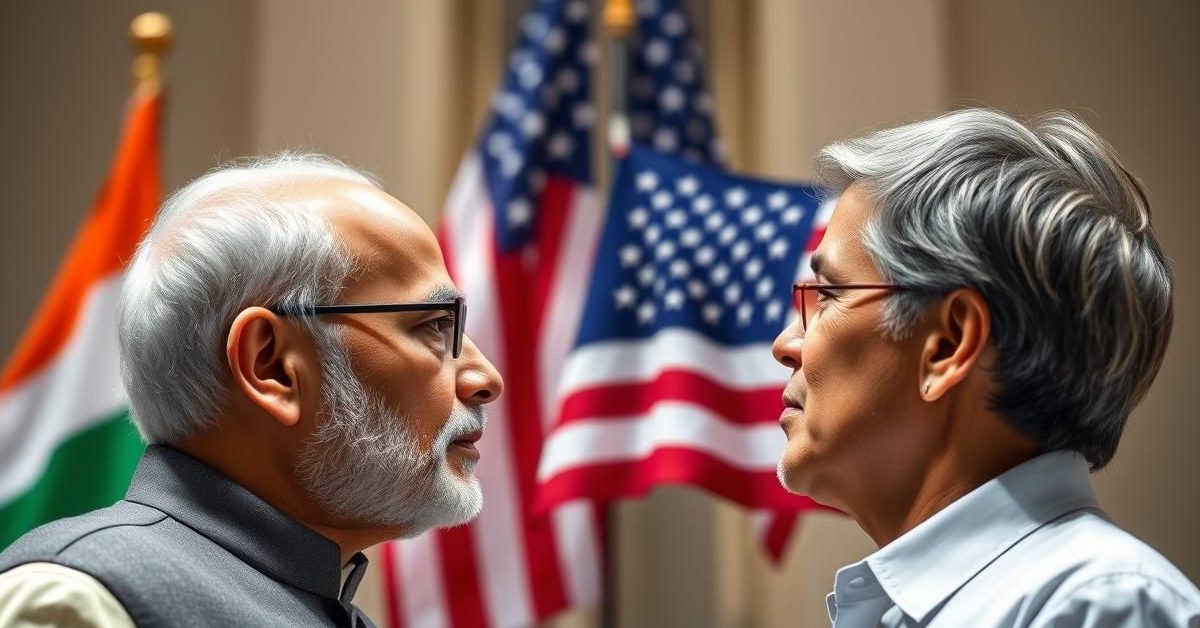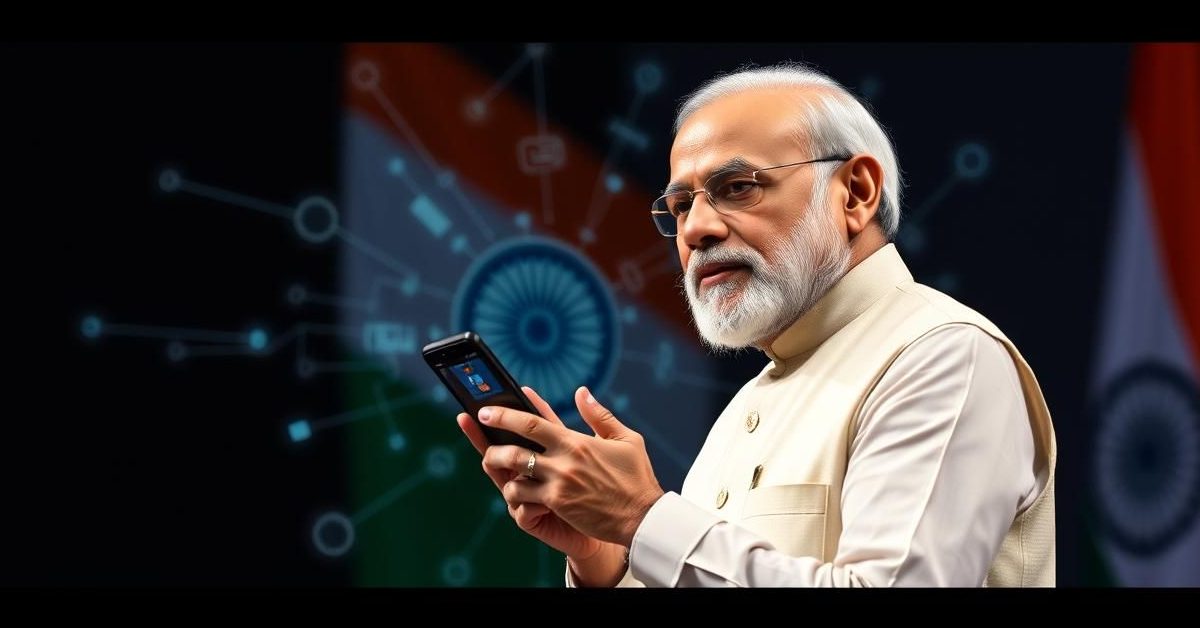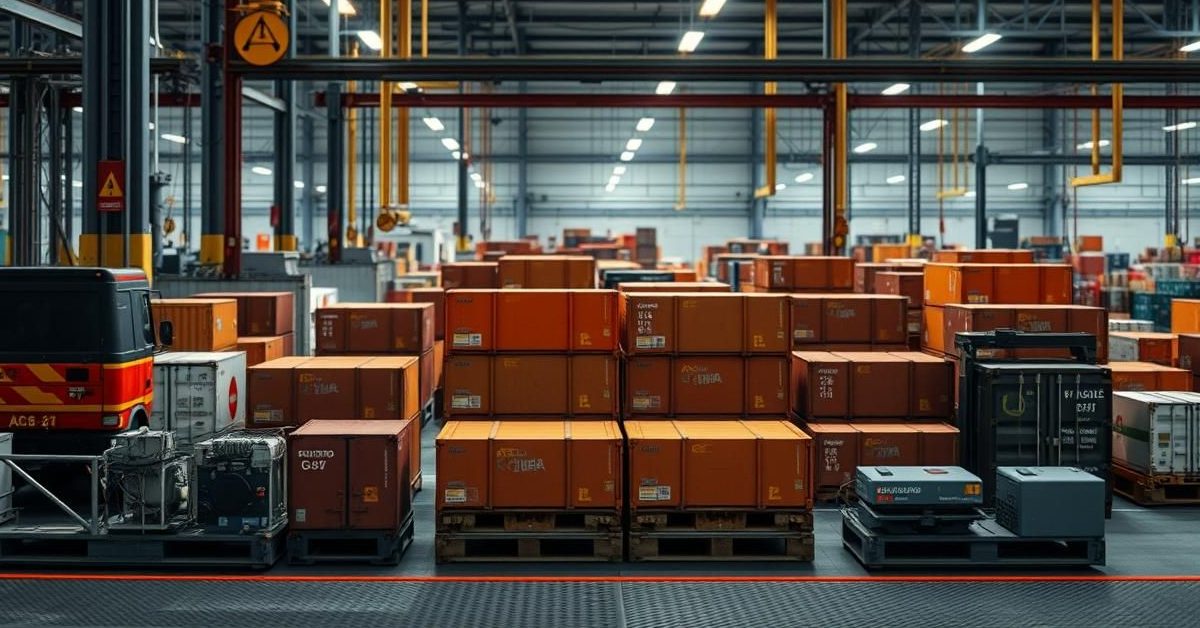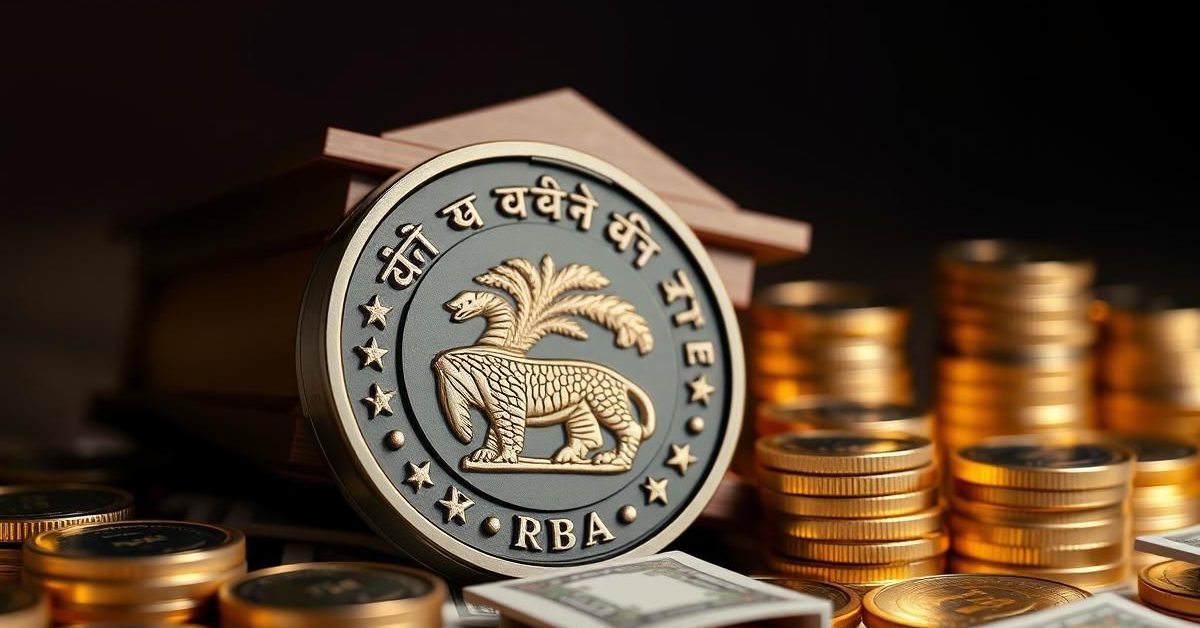India-US Trade Talks Intensify: A Race Against the Tariff Clock
In a high-stakes bid to bridge critical differences, Indian trade negotiators have extended their stay in Washington, DC. Their mission: to finalize an interim trade deal before a crucial deadline. The clock is ticking, with the US reciprocal tariffs pause slated to expire on July 9, adding immense pressure to these delicate discussions.
The ongoing dialogue carries significant weight, especially considering that the United States recently concluded trade talks with China. Those negotiations, which began much later than India’s, have already resulted in a substantial easing of tensions between Washington and Beijing. This development has somewhat shifted the global trade landscape, where Indian businesses had previously enjoyed an advantage due to steeper duties imposed on Chinese products.
India’s Stance: Seeking Tariff Relief and Fair Access
New Delhi’s primary objective in these intense negotiations is to secure the complete elimination of reciprocal tariffs and additional duties that burden Indian exports. This includes levies on vital goods like steel, aluminium, and auto components. Beyond current tariffs, India also seeks strong assurances that no future tariffs will be imposed on its products.
Furthermore, India is championing reduced tariffs in the US market for its labor-intensive sectors, particularly textiles and footwear. The goal is to achieve parity with the preferential access offered to other Free Trade Agreement (FTA) partners, which would provide a significant boost to these crucial segments of the Indian economy.
US Demands: A Broad Opening of Indian Markets
On the flip side, the United States is pushing for a much broader opening of various Indian sectors. From high-value automobiles and coveted whisky brands to agricultural staples like apples, corn, and soya, Washington aims to significantly expand its market access within India. This push forms a core part of their negotiation strategy.
Adding to the complexity are the particularly sensitive agricultural demands from the US. These include insistent calls to open the Indian market to genetically modified (GM) products. Another contentious point revolves around regulations requiring dairy products intended for human consumption to be sourced from animals not fed with internal blood meal – a cultural and ethical “red line” for India.
The Unyielding “Red Lines”: Agriculture and Dairy at the Forefront
India’s Finance Minister, Nirmala Sitharaman, has publicly underscored the immense sensitivity surrounding agriculture and dairy within these talks. In a recent interview, she emphatically described these sectors as “very big red lines,” indicating an unwavering caution from the Indian side.
Sitharaman reiterated India’s desire for a comprehensive and beneficial agreement, stating, “Yes, we would love to have an agreement, a big, good, beautiful one; why not?” However, this eagerness is clearly tempered by non-negotiable principles, particularly regarding food sovereignty and cultural values.
Voices of Dissent: Protecting Domestic Industries
The sentiment on the ground echoes the government’s cautious approach. Ashwani Mahajan, National Co-Convener of the Swadeshi Jagaran Manch (SJM), a prominent nationalist organization, voiced strong objections on social media. He argued vehemently that India’s “agriculture and small industries” must not be sacrificed for American interests.
Mahajan’s post directly challenged the US demands: “How can India accept that America’s GM and other agricultural products be allowed to enter the country? That India should allow non-veg milk and dairy? How can the country’s agriculture and small industries be sacrificed at the altar of America’s stubbornness?” His words highlight the deep public and ideological resistance to certain US demands.
Strategic Balancing Act: Diversifying Procurement
Despite the tough stance on certain sectors, Indian officials have indicated a strategic flexibility in other areas. Diversifying oil and defence procurement is viewed as a crucial national interest. Sourcing more of these vital commodities from the United States could significantly help in bridging the existing goods trade gap between the two nations.
This strategic pivot is already visible in recent trade patterns. Reports indicate that India’s oil imports from the US surged by over 270 percent year-on-year in the first four months of 2025. This move underscores Delhi’s calculated strategy to boost American imports amidst ongoing trade pact negotiations, simultaneously diversifying its crude oil sources in an increasingly volatile global geopolitical and geo-economic environment.













